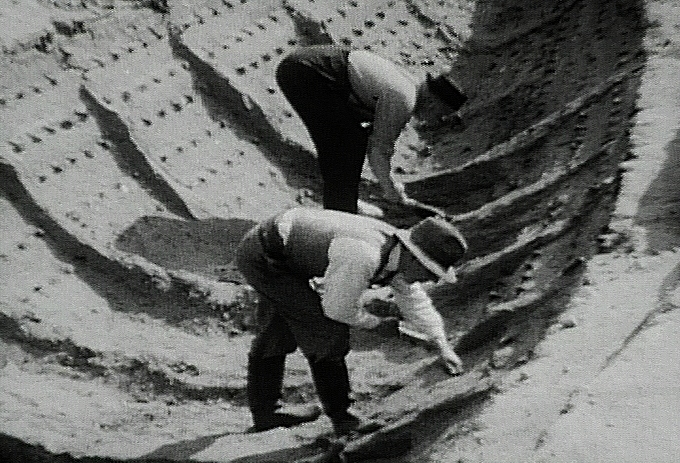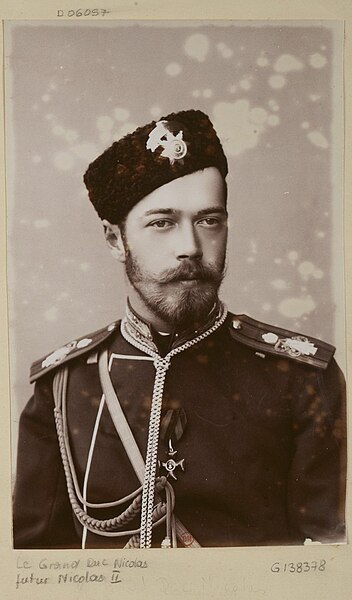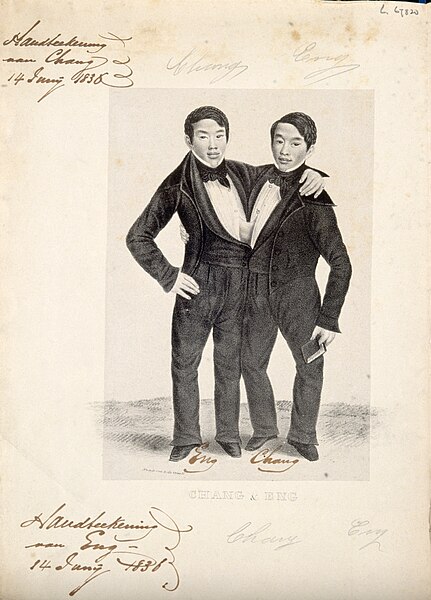 |
| Burial Helmet from Sutton Hoo. Photo by geni under GNI license. |
Sutton Hoo Burial Ship Discovered, 1939
The land at Sutton Hoo in Suffolk, England had been known for a long time to be the site of ancient burials. It was obvious. The land was covered with burial mounds, also known as barrows or tumuli. Mrs. Edith May Pretty, the owner of the estate and a follower of Spiritualism, was pretty sure she had something there. After all, friends had seen ghostly figures around the mounds, and her nephew, a dowser, had shown her the most likely area to dig for hidden gold.She contacted the Ipswich Museum and was able to hire Basil Brown, local to the area and a specialist in the field of Roman digs. She took Brown to the site and recommended he start with what is now known as "Mound 1", the area her nephew had pointed out to her. Brown declined, since it was obvious that it had been disturbed, and decided to concentrate on three smaller mounds: Mounds 2, 3, and 4.
Throughout the summer of 1938 Brown worked on the three mounds with the help of three laborers from the estate. They found some interesting things, but not as much as Brown had hoped -- the three mounds had all been robbed at some time in the past and only fragments remained. There were fragments of metal and glass, and one of the mounds had a lot of iron rivets, which had apparently come from a ship.
The following summer Brown went back to work on Mound 1, this time assisted by the gamekeeper and the gardener. They began discovering more ship's rivets, so they kept digging. On May 11, 1939, they reached the exact area that Mrs. Pretty had pointed out the year before. It contained an undisturbed burial chamber in what had been a large ship.
What had appeared to be the center of the mound, really wasn't. In medieval times, the area had been divided into fields by the process of digging drainage ditches. One ditch cut across Mound 1, shortening the apparent mound. When grave robbers tried to excavate the area in the 16th century, they missed the center of the mound. (They also didn't dig deeply enough, not knowing what lay beneath.)
 |
| Excavation of the burial ship. |
It is believed that the artifacts date from the seventh century. The most likely identity of the interred person is Raedwald of East Anglia, who ruled from about 566 until 624 AD. The find is the largest of its kind, and is especially important for the light it sheds on seventh century art, history, and culture.
A Treasure Trove Inquest was held to determine to whom the items belonged. Under English common law, a true Treasure Trove consists of items of gold or silver which had been buried for retrieval afterwards but never recovered by the owner. Treasure Trove belonged to the Crown unless someone could prove a better right to it. Since the find at Sutton Hoo had not been buried with the intent of retrieval, it belonged to Edith Pretty, the landowner. She donated them to the nation.
Excavations came to an end as Britain became involved in World War II. The findings were put into storage and the area was used as a training ground for military operations. Additional exploration was done on the site in the years 1965 - 1971 and 1983 - 1992.
 |
| Nicholas in 1892 |
Attempted Assassination of Tsarevich Nicholas Alexandrovich, 1891
Nicholas Alexandrovich would later become Tsar Nicholas II, the last Tsar of Russia. In 1891 he was visiting Japan with the Russian Pacific Fleet. As part of his trip, he visited Kyoto, where he was met by Prince Arisugawa Taruhito. Japan was eager to pursue better relations with Russia, due to their increased military presence in Asia, and a lot rode on this encounter. It was also the first visit by an important foreign prince to Japan since the 1880's.With so much at stake, it was practically inevitable that something would go wrong. As Nicholas returned to Kyoto after a day trip to Lake Biwa, he was attacked by one of his police escorts, Tsuda Sanzo. The policeman swung at Nicholas's face with a saber, but it was deflected by the cane of Nicholas's cousin, Prince George of Greece and Denmark. Tsuda then tried to escape, but was caught by two rickshaw drivers.
Nicholas was rushed back to Kyoto. His only wound was a saber cut to the right side of his forehead, which would leave him with a life-long scar. Emperor Meiji rushed to visit Nicholas, taking a train immediately and traveling through the night.
 |
| The Tsarevich in Japan. |
The government pressured the court to try Tsuda under the portion of the criminal code that covered attacks against the emperor. Such a trial would result in a death sentence if convicted, rather than just life imprisonment. The court refused, and Tsuda received a life sentence. The Russian government later stated that if Tsuda had been sentenced to death, they would have pled for leniency.
 |
| Chang and Eng, promotional lithograph. |
Birth of Chang and Eng Bunker, 1811
Chang and Eng were the original "Siamese Twins." The conjoined twins were from Siam (now Thailand), and were discovered by a British merchant in 1829. He persuaded their widowed mother that their future happiness lay outside of Siam, and paid her $500 (after promising her $3,000) for allowing him to take them. He showed them in theaters and concert halls for the next few years, working them long, exhausting hours and paying them a pittance. Fortunately, their contract expired when they reached the age of 21, only two and a half years later. They adopted the last name of Bunker, and Americanized themselves as much as possible.After their 21st birthday they went to work for themselves. They toured for another seven years, and then settled down and bought a plantation (with slaves) in Wilkesboro, North Carolina. In 1843, they married two sisters, Adelaide and Sarah Anne Yates. Initially they all lived together -- they had a specially-built bed made for four -- but eventually the sisters quarreled, and two households had to be set up. They relocated at Mt. Airy, North Carolina. The twins would spend three days at one home, and then move on to the other.
Chang and Adelaide had 10 children and Eng and Sarah Anne had 11. Their first children were born six days apart. Their second children were born eight days apart. Each twin had a son who served the Confederacy during the Civil War.
 |
| Chang and Eng in later years. |
Chang died in his sleep in 1874, apparently of complications from pneumonia. Eng woke to find his brother dead. In this emergency, a doctor was located who was willing to separate the two, but Eng refused to part from his brother. He died three hours later.
Today, the twins have an estimated 1,500 descendants. Many of them live in the Mt. Airy, North Carolina area.
No comments:
Post a Comment